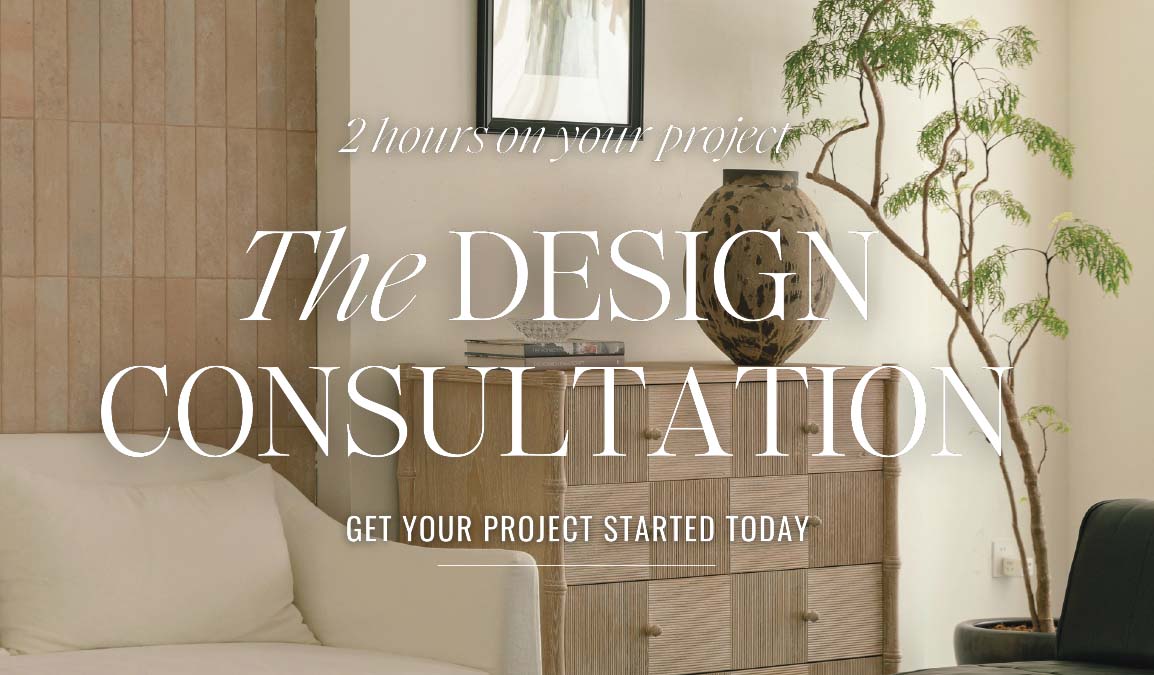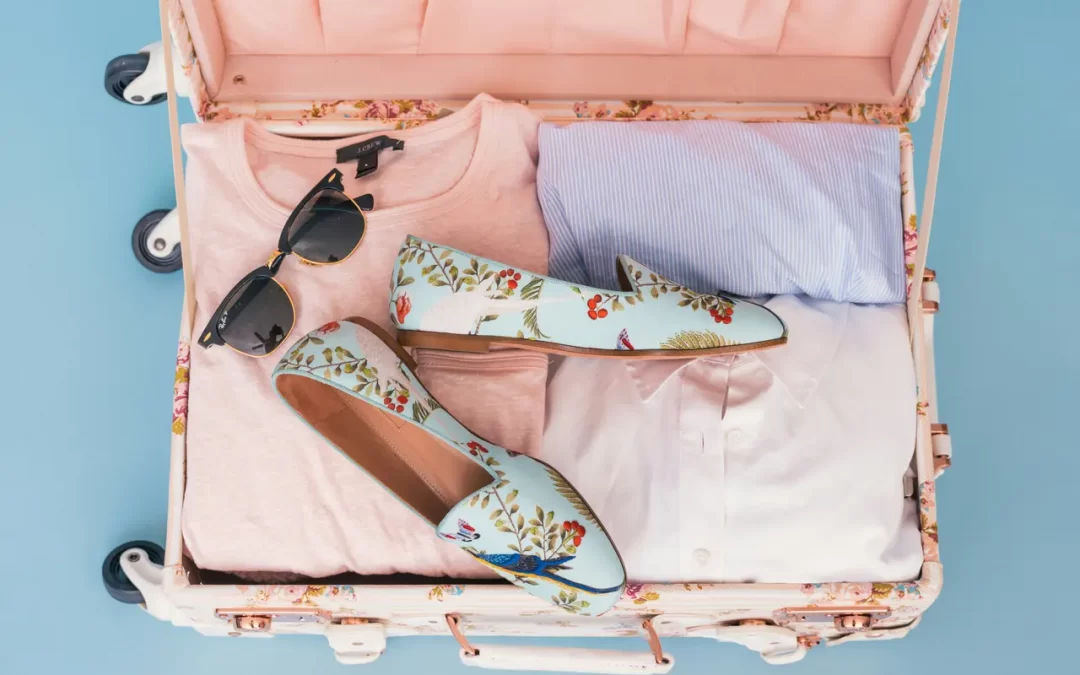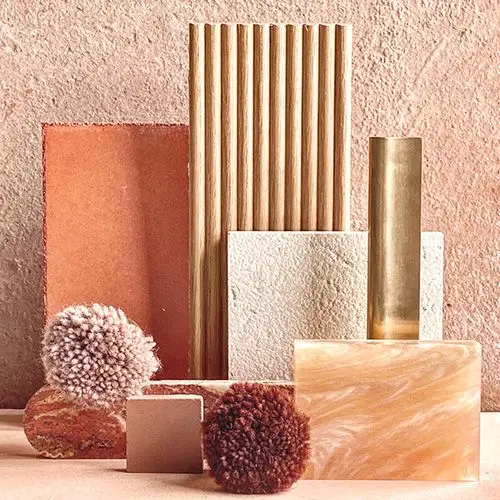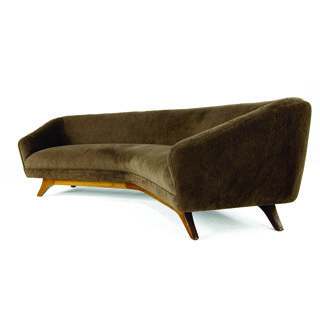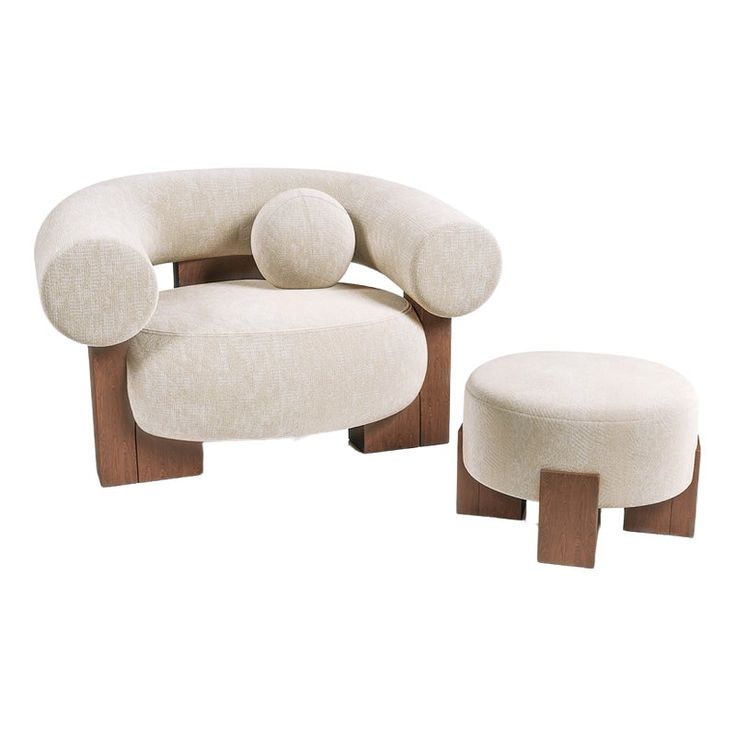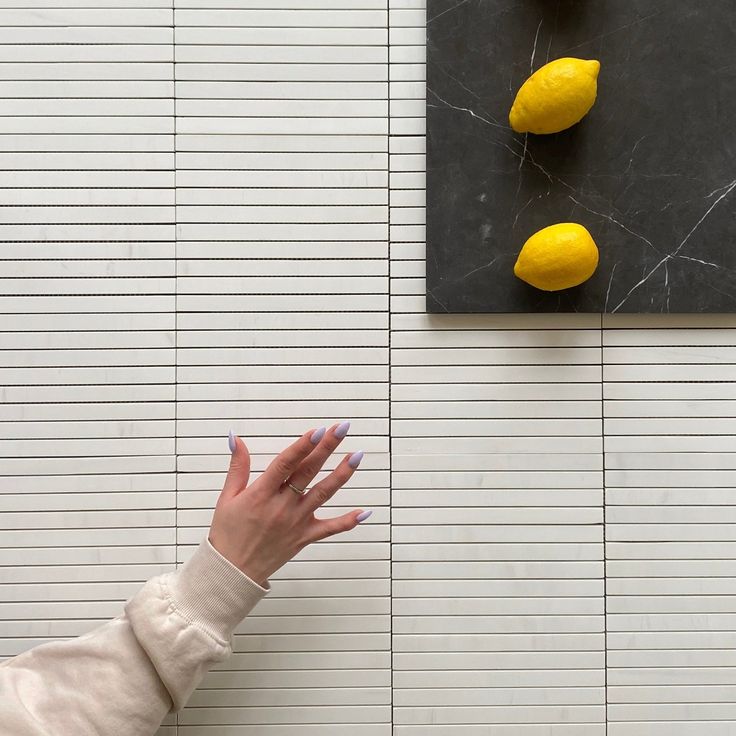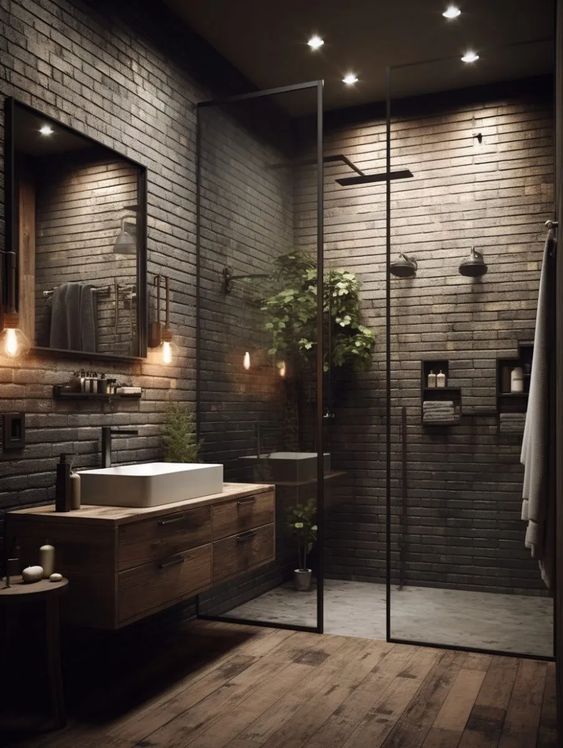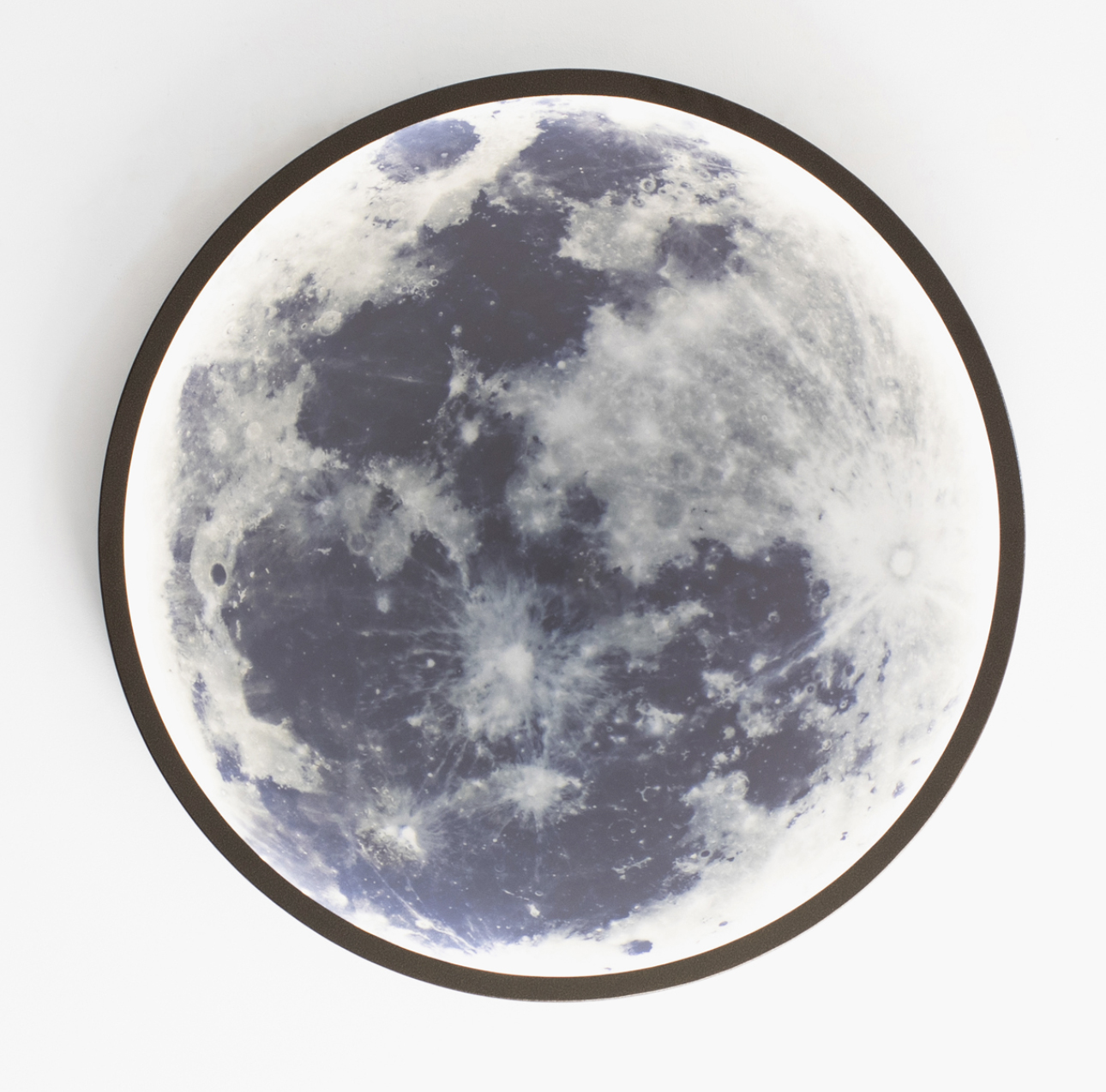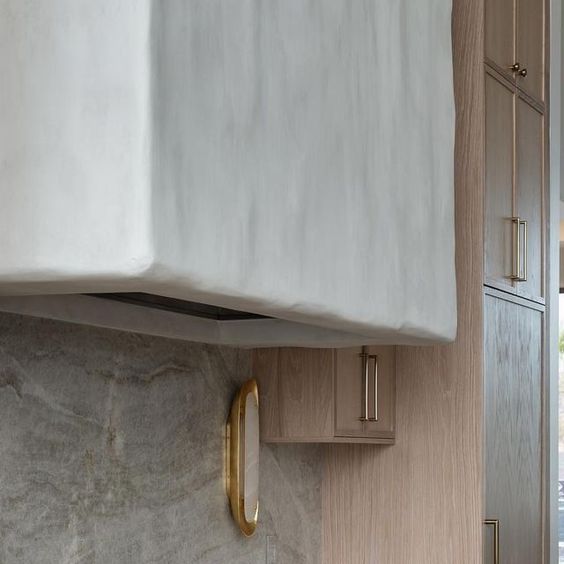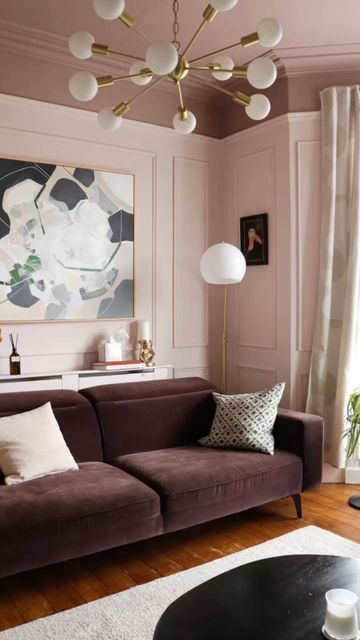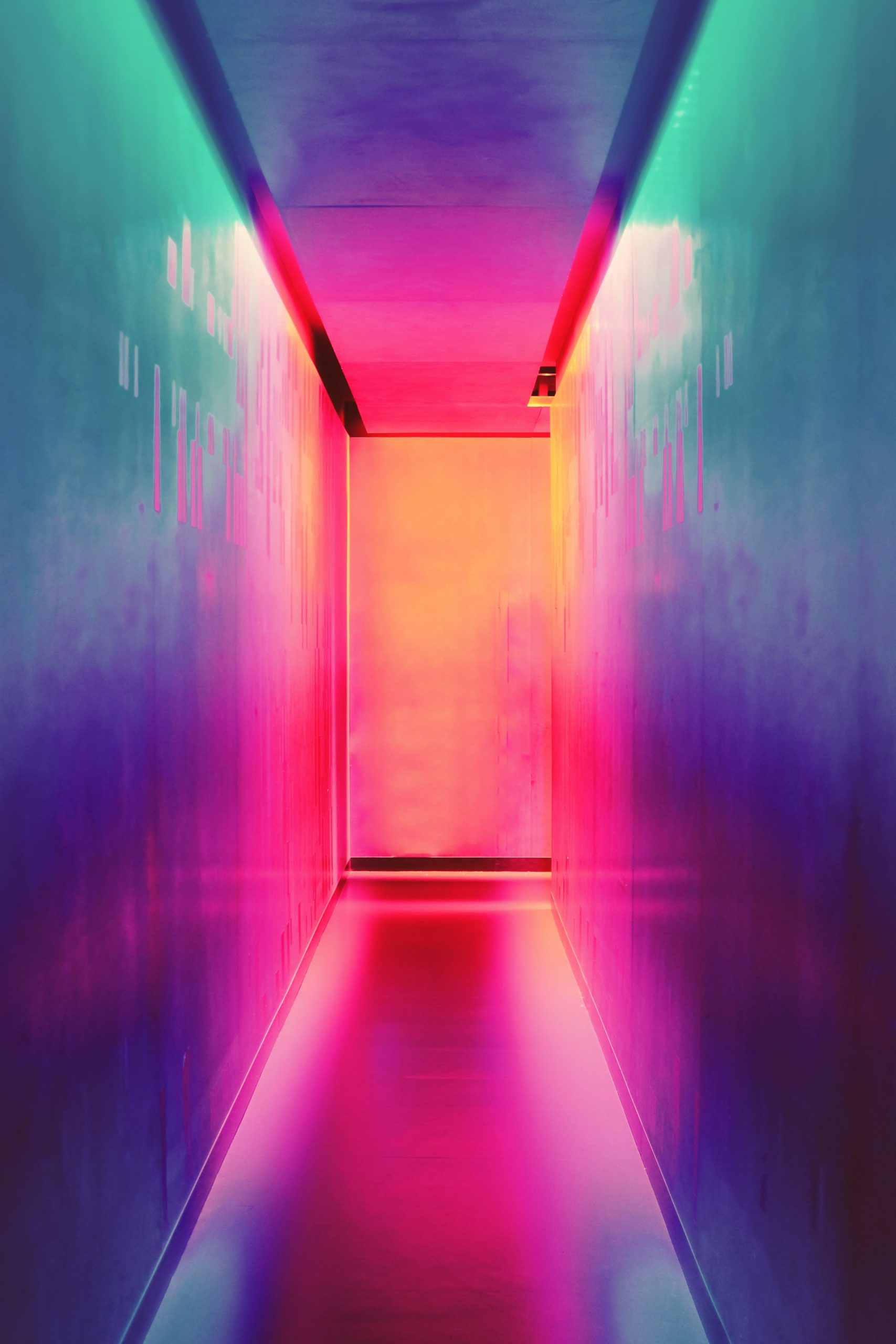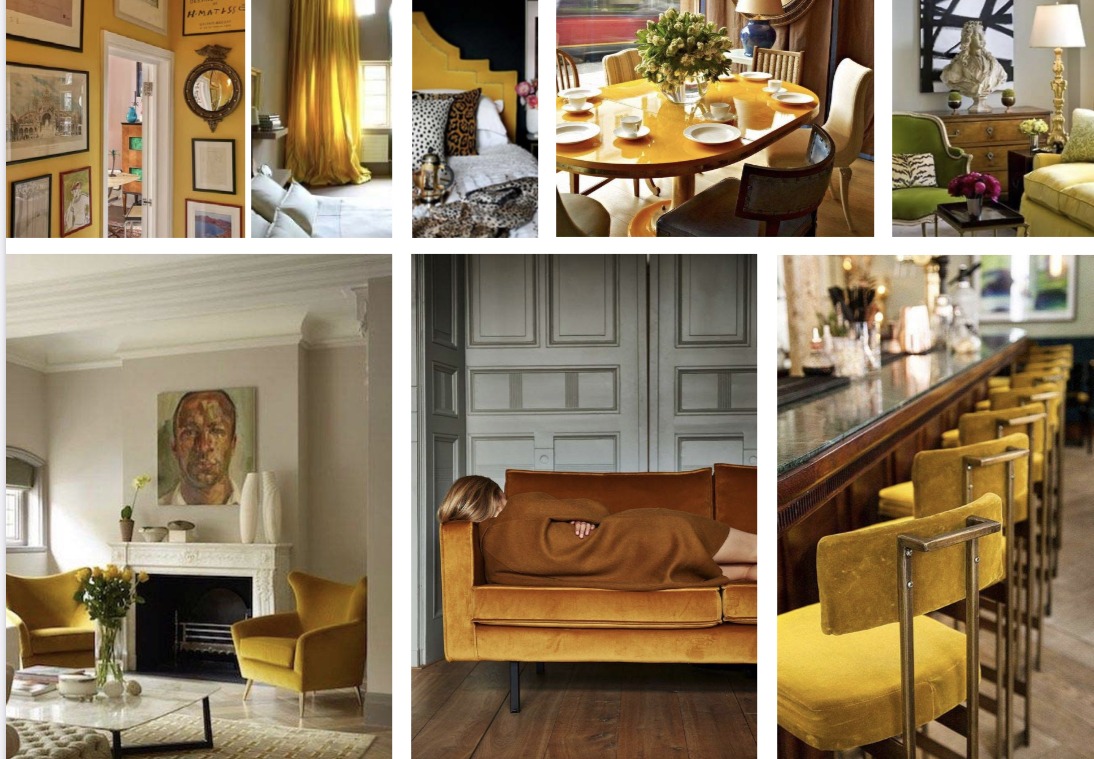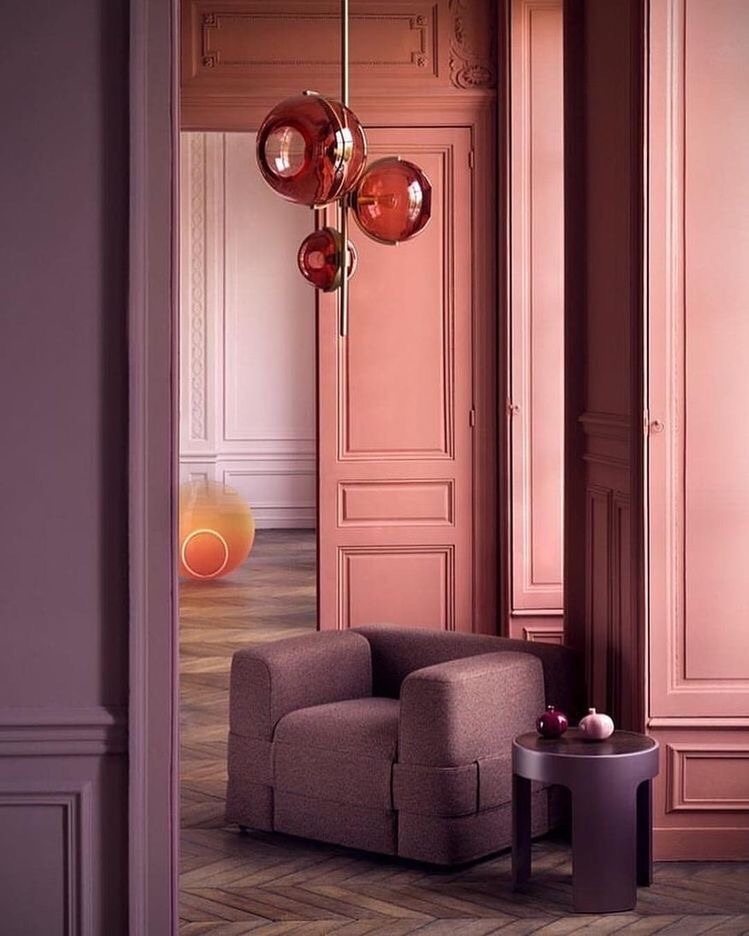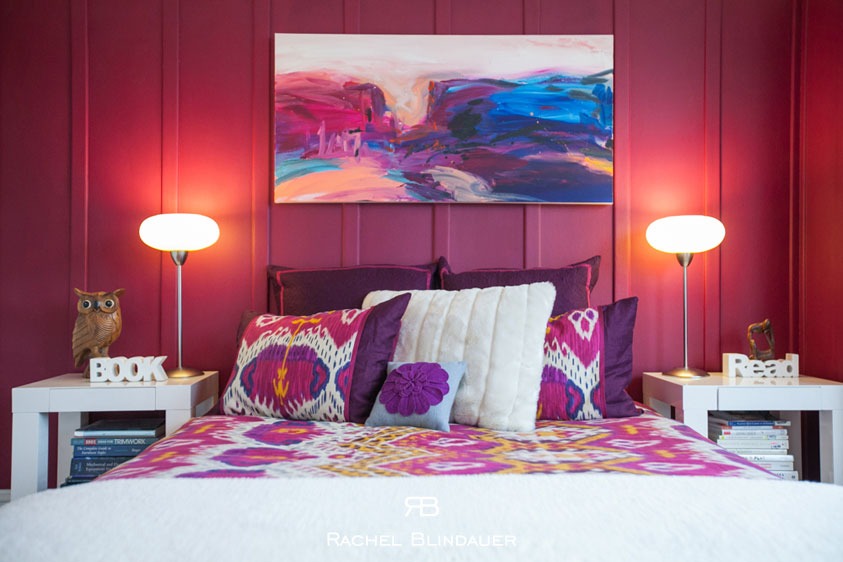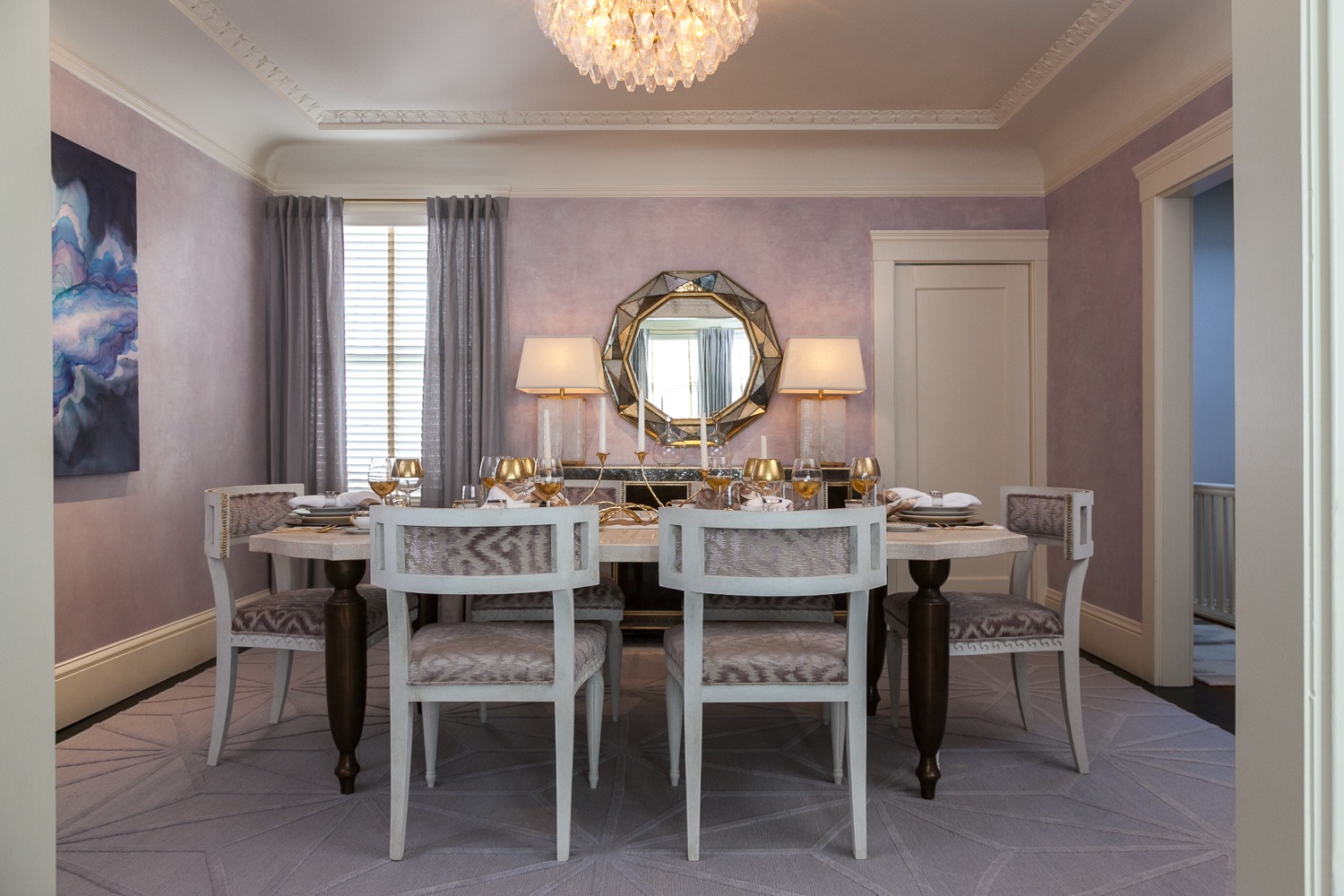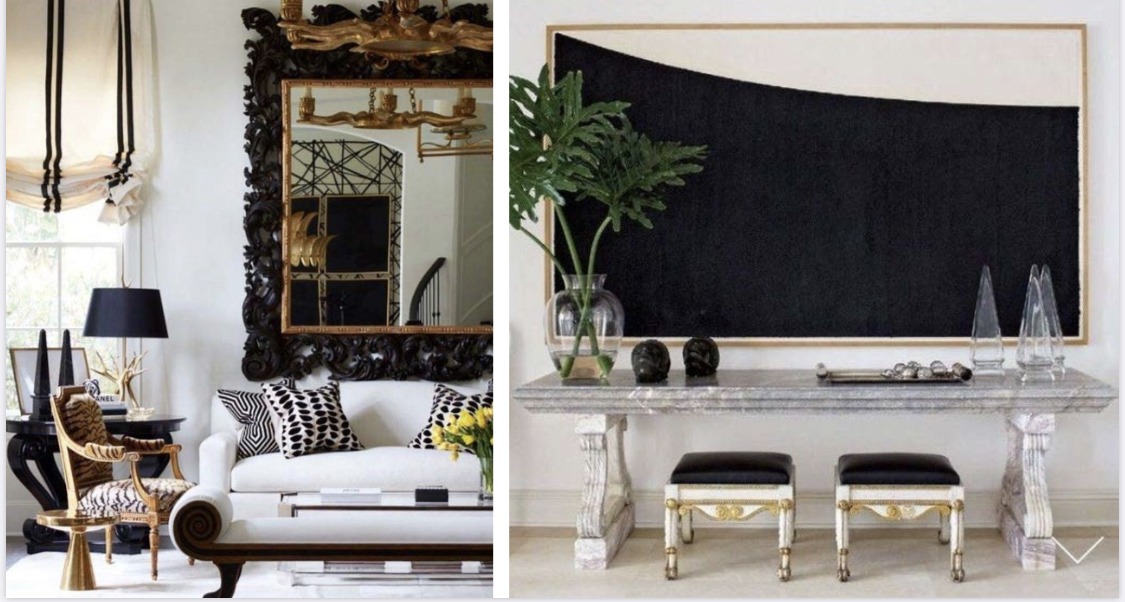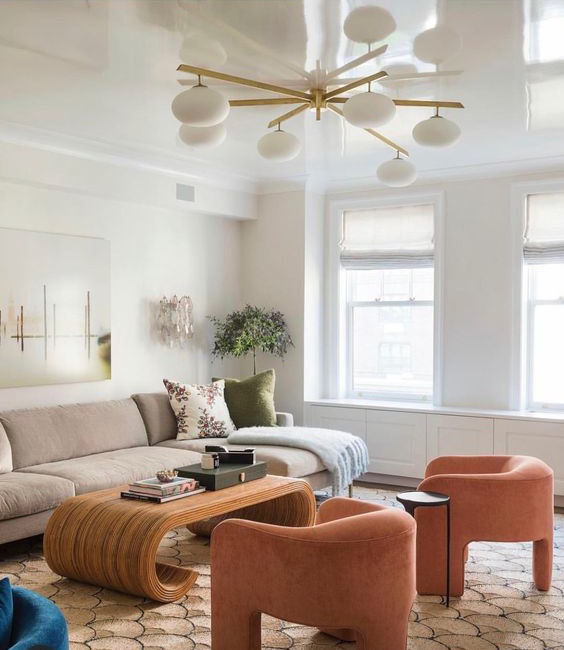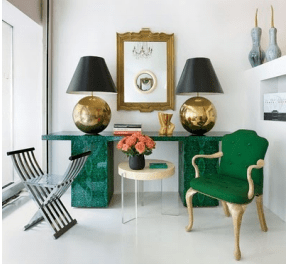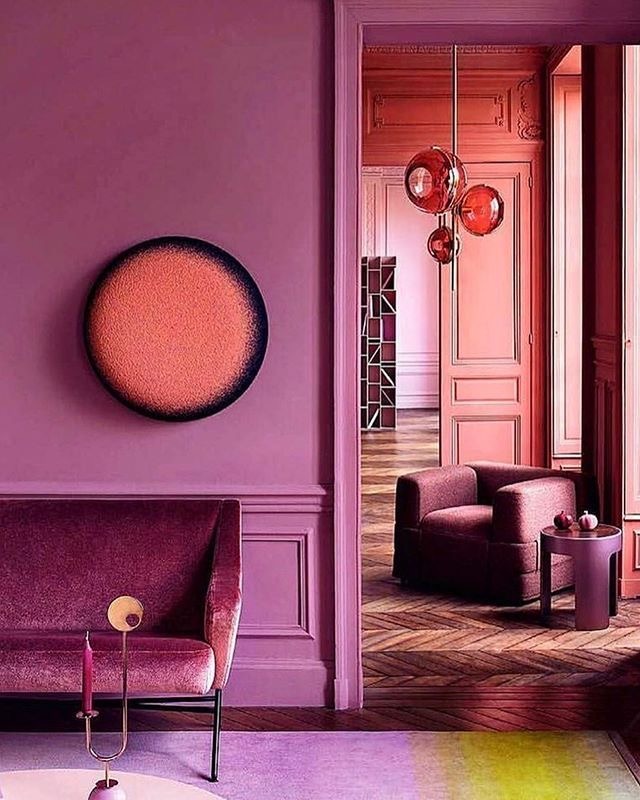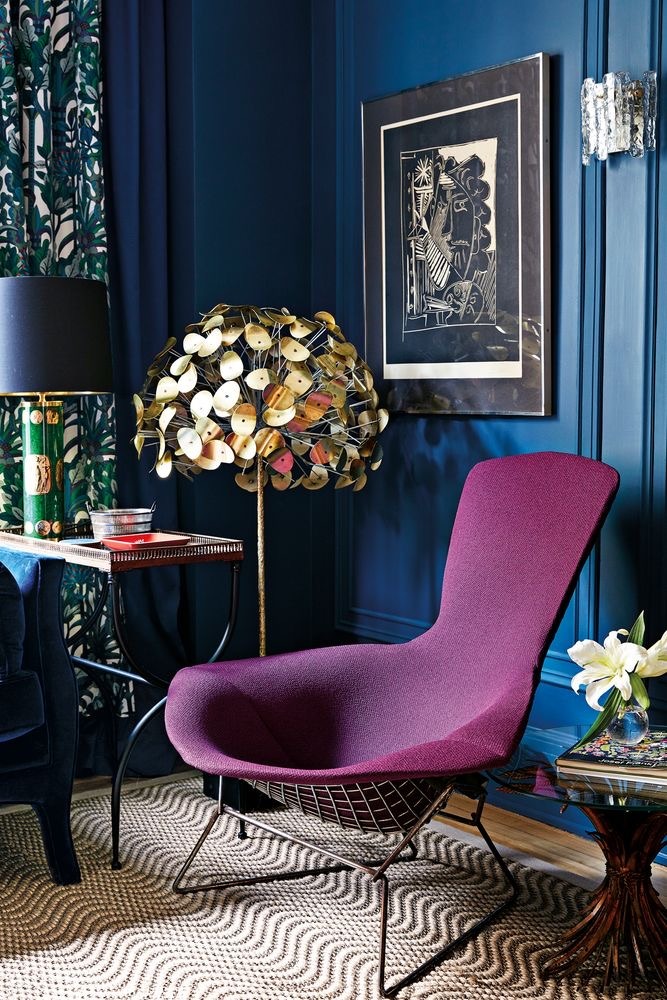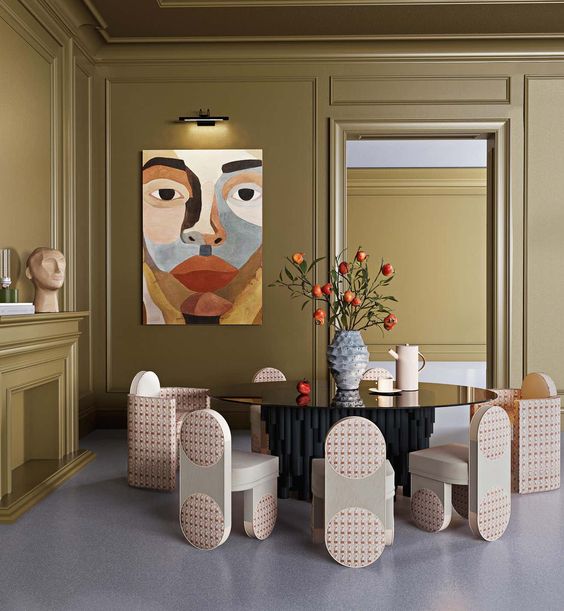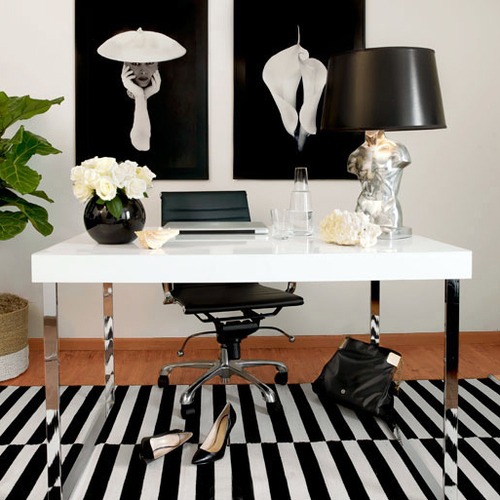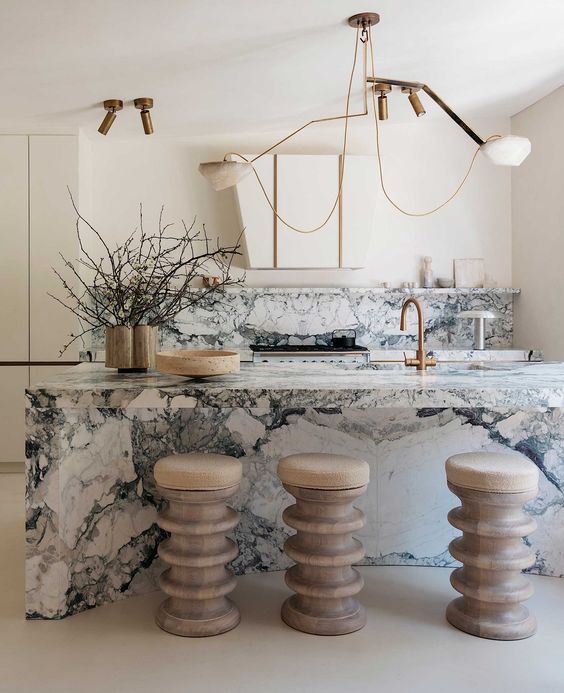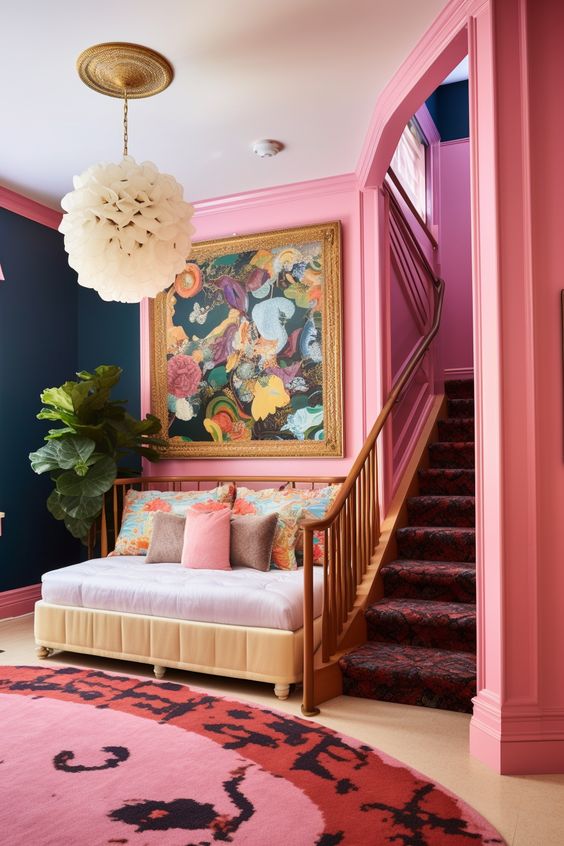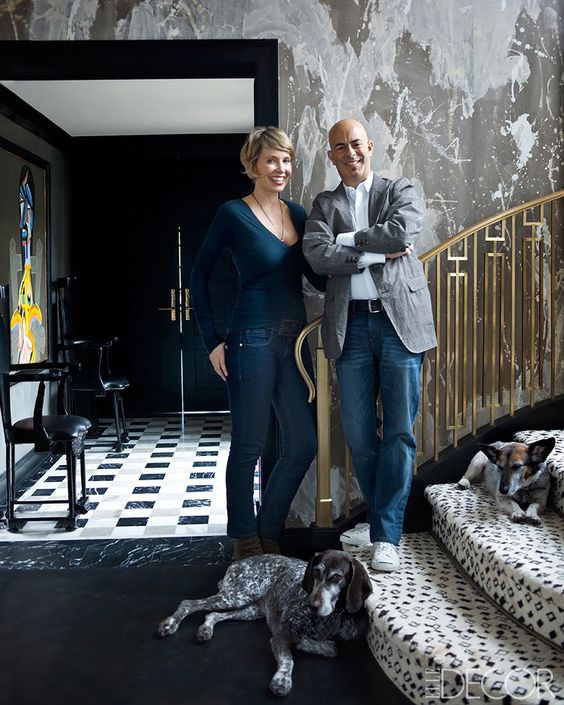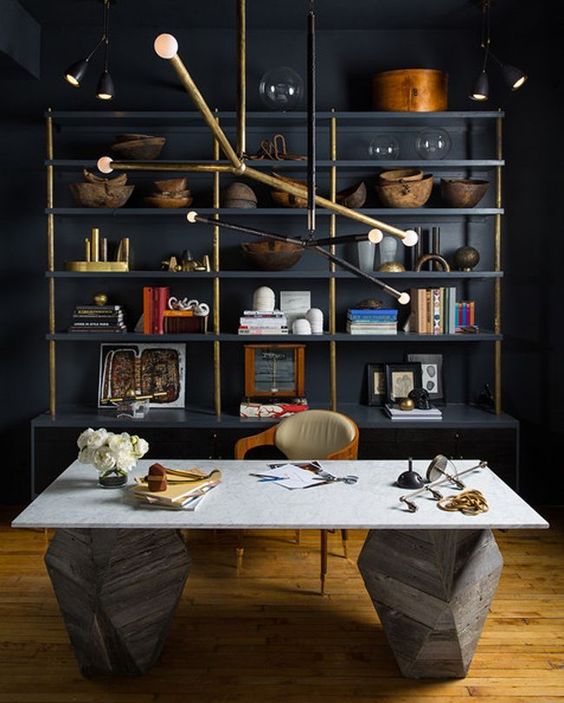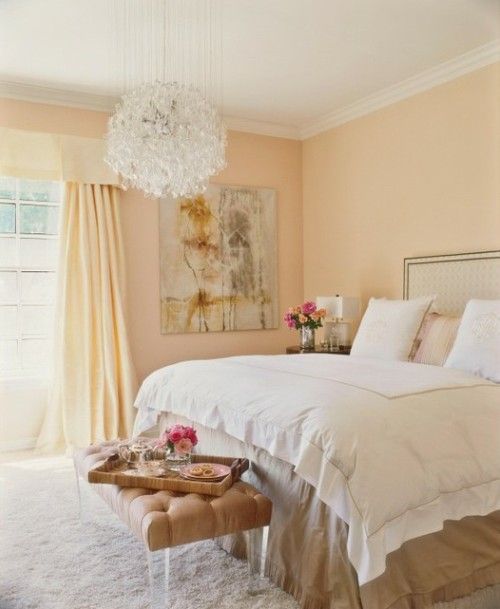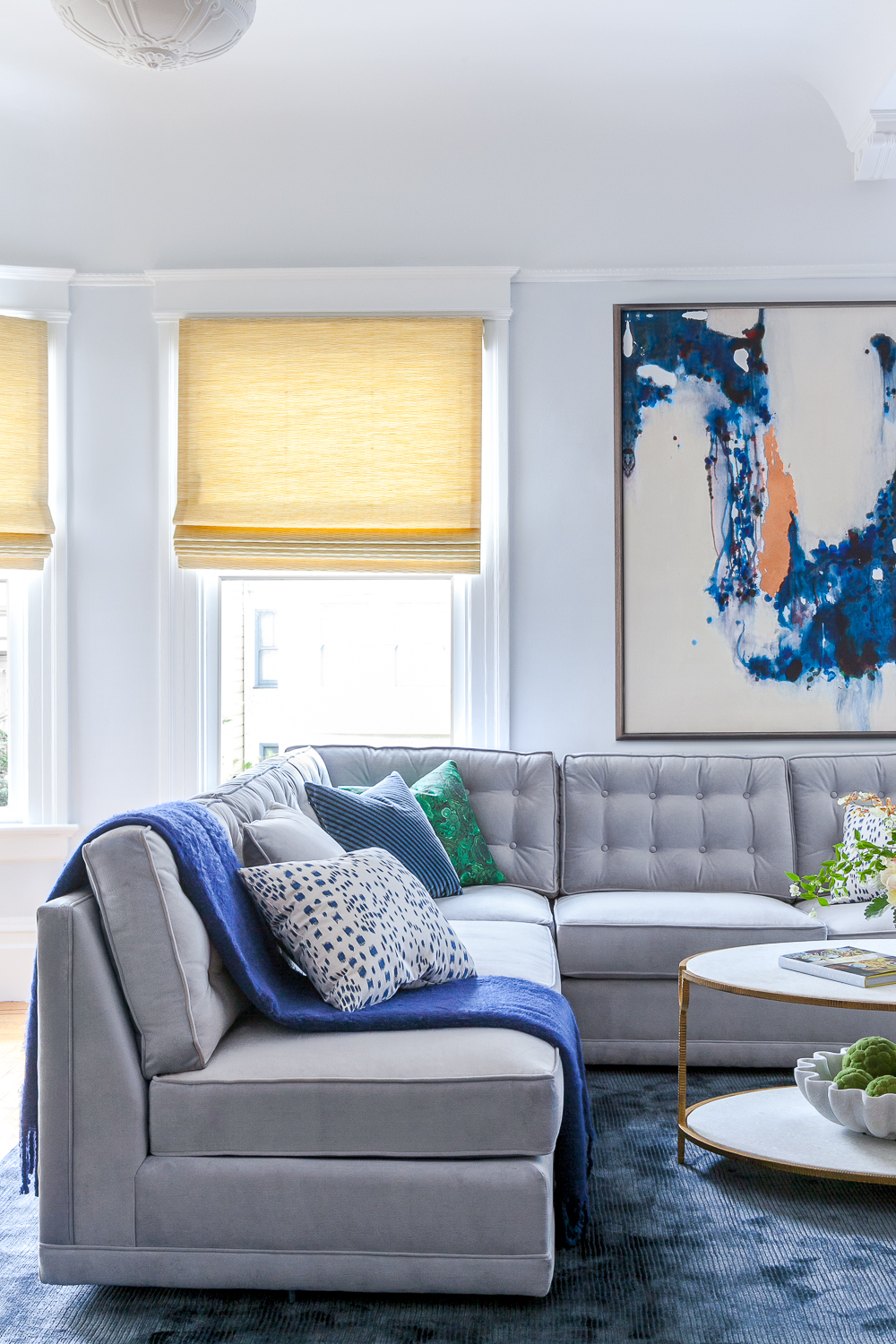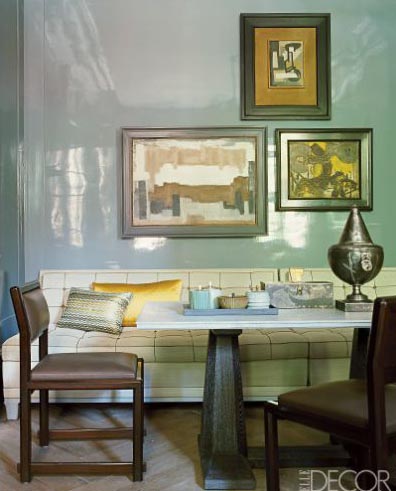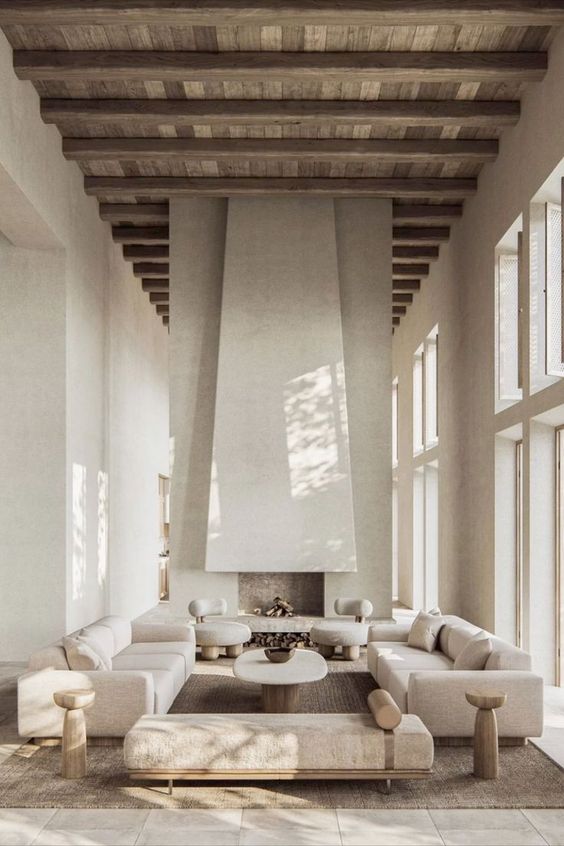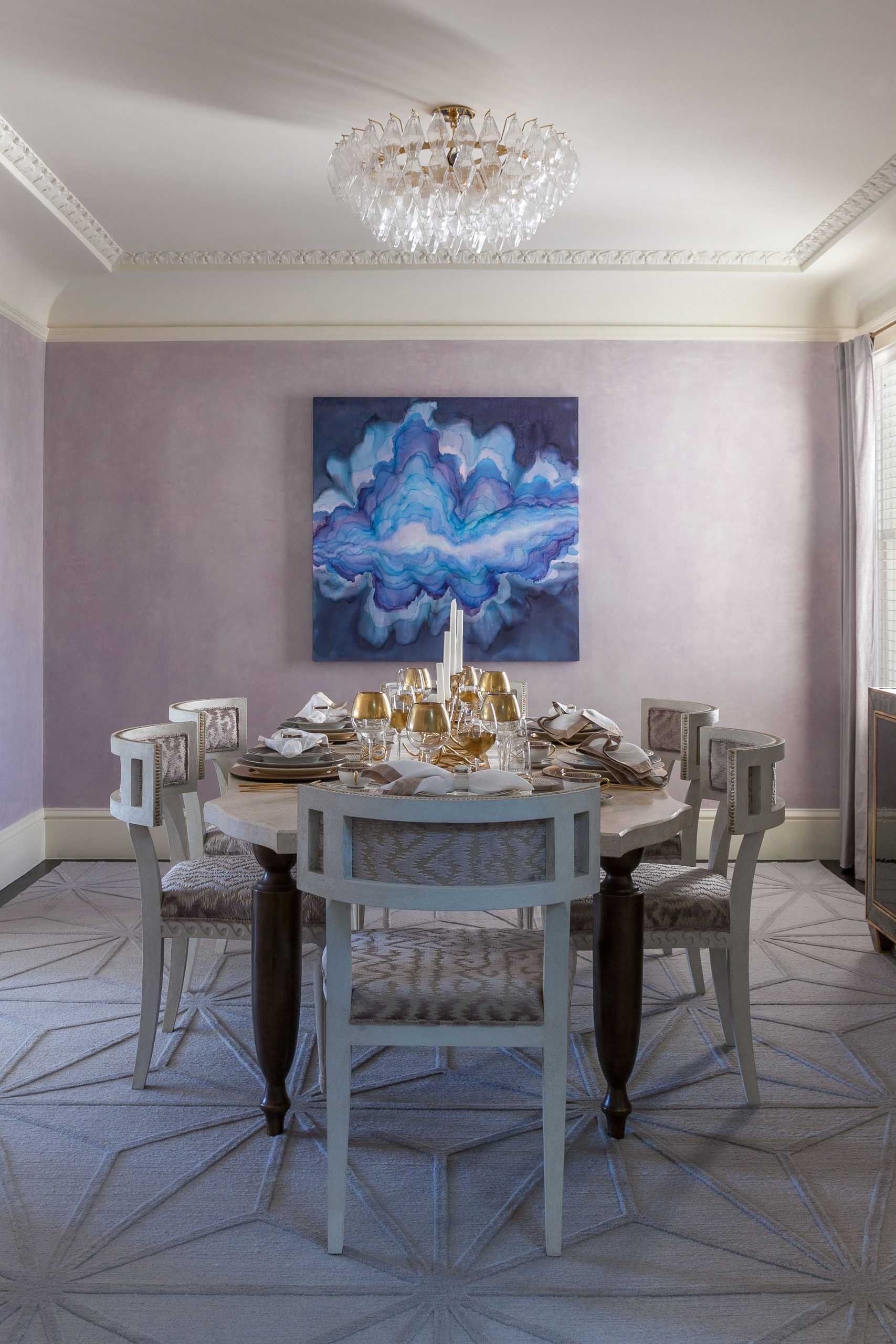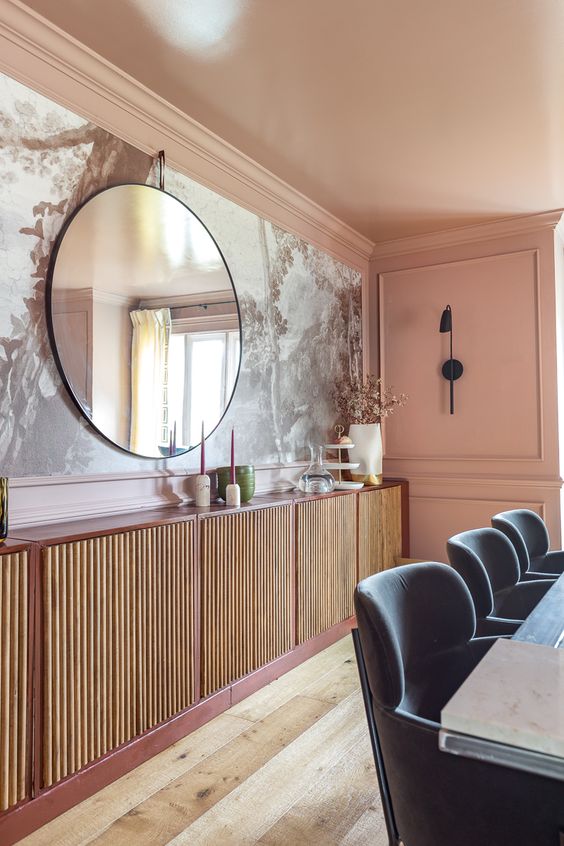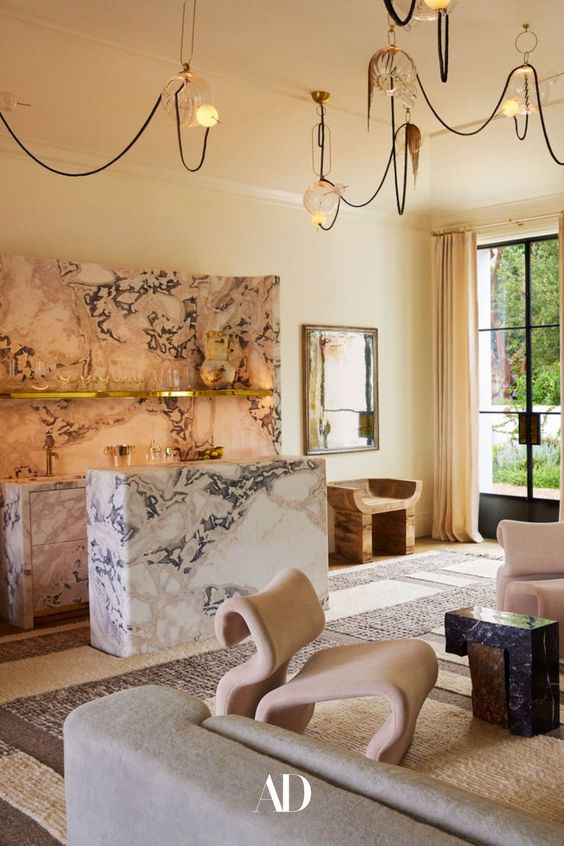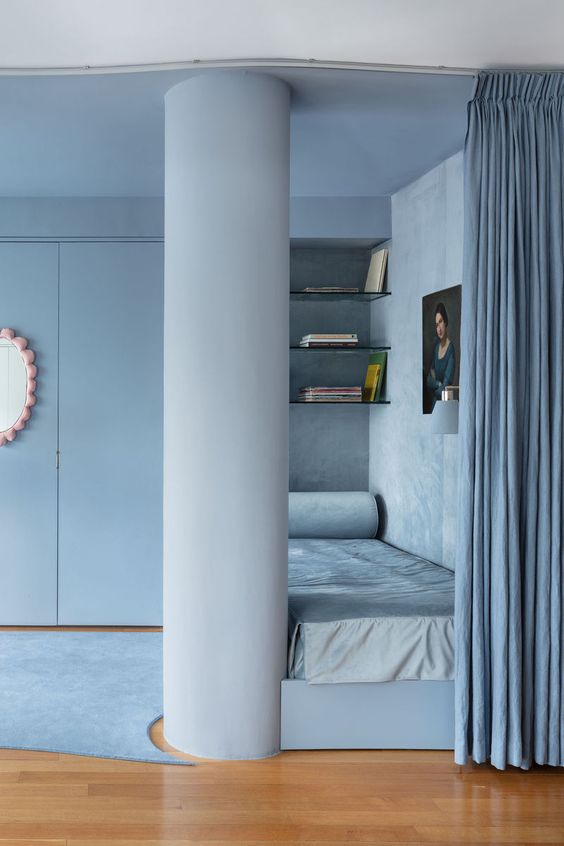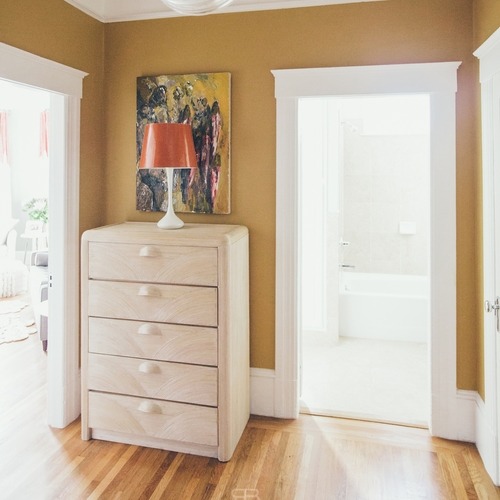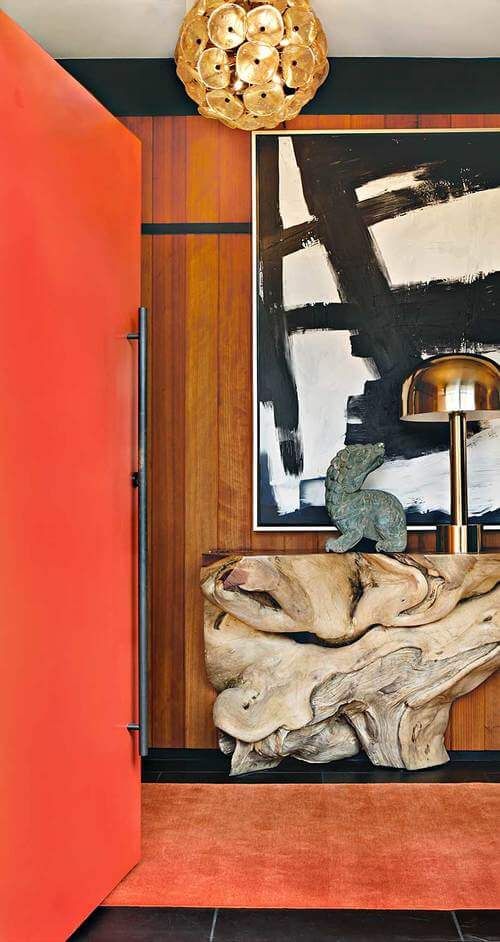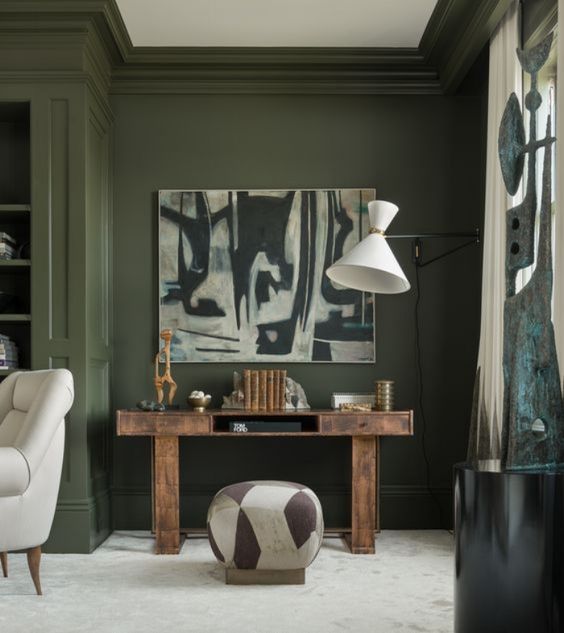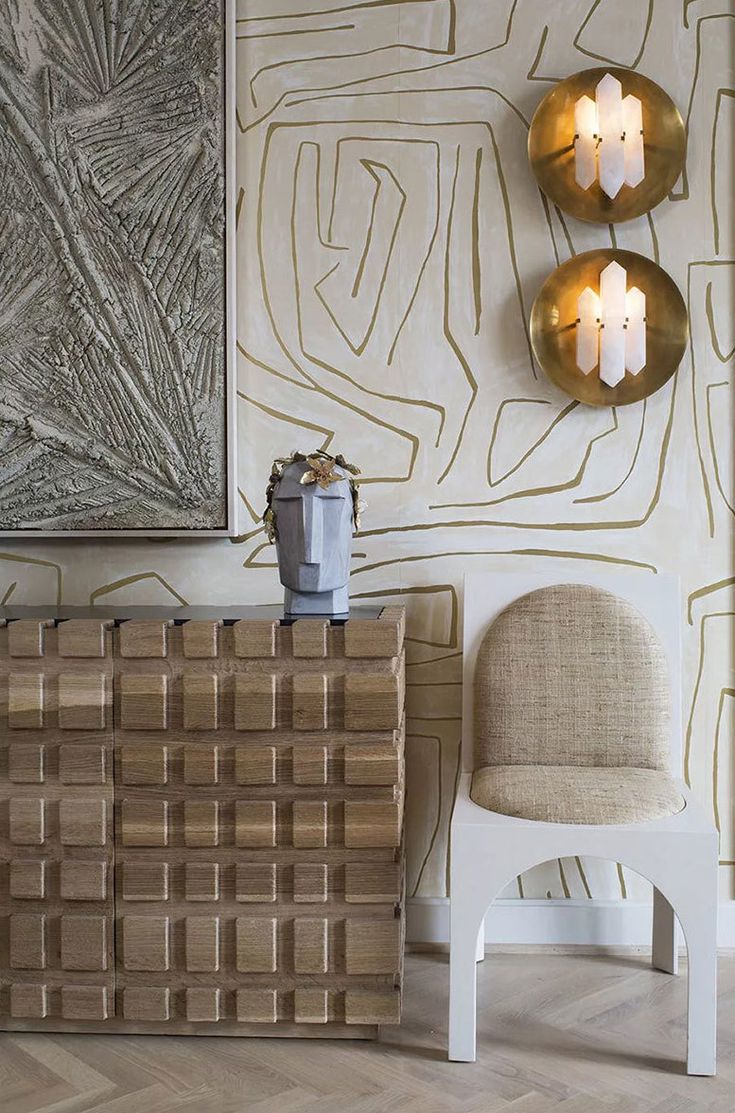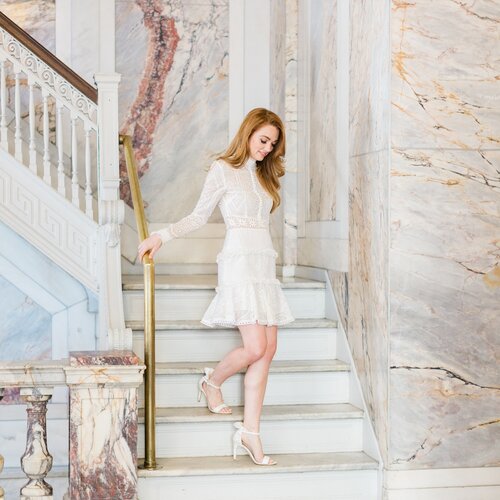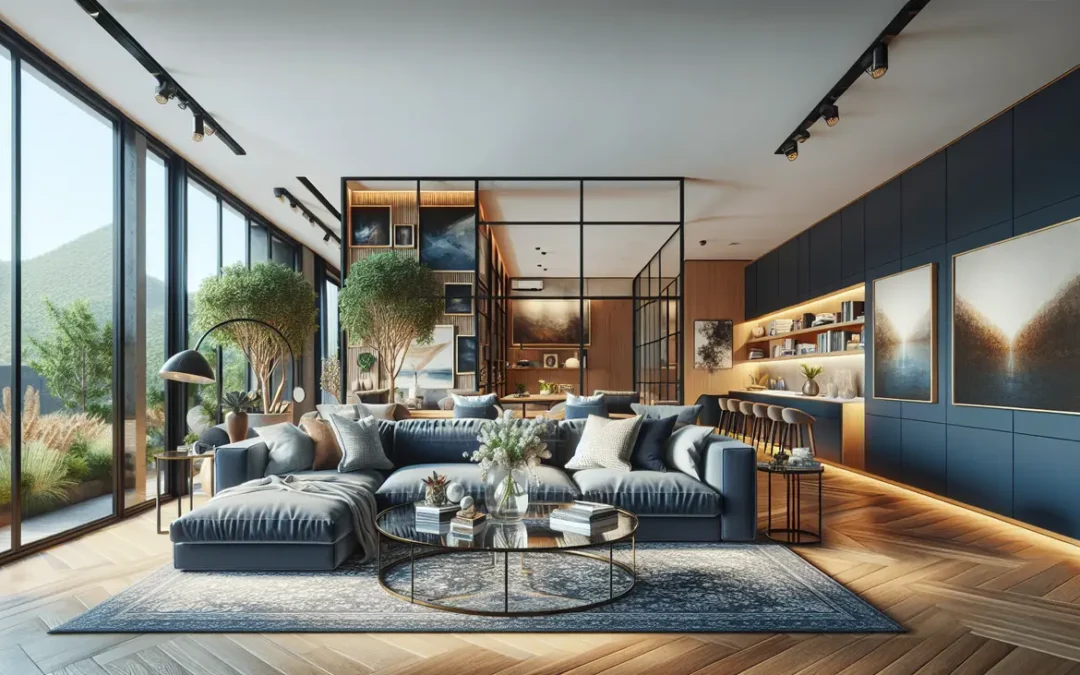
What Color Season is Navy Blue? A Guide for Interiors & Style
Navy blue is more than a color—it’s a state of mind. A visual exhale. Associated with intelligence, confidence, and calm, it’s no wonder navy remains one of the most used and most loved hues across fashion and interior design.
But here’s the question many still ask:
What color season is navy blue—and how should you use it at home?
From crisp Winter navy to muted Summer chambray, here’s how to find your shade—and your palette.
Color Psychology Meets Color Seasons
Color psychology studies how hues affect mood, behavior, and perception. Navy blue, for instance, is often used in uniforms and branding because it evokes trust and stability.
Color seasons, on the other hand, come from color analysis—a method of identifying the best colors for you based on the undertones in your skin, eyes, and hair. Each person aligns with one of four main palettes: Winter, Summer, Autumn, or Spring.
Layer the psychology of color over seasonal theory, and you get more than a color match—you get emotional resonance. Whether in your wardrobe or your home, the right navy can bring clarity, composure, and cohesion.
Is Navy Blue a Winter Color?
Yes. Rich, deep navy belongs in Winter’s world of high-contrast, cool tones. It pairs beautifully with crisp whites, icy blues, charcoal, and jewel accents like emerald or ruby.
For Winter types, navy is a grounding neutral—it brings out the cool undertones in your features and balances bolder hues.
In interiors, a navy velvet sofa or high-gloss cabinetry evokes quiet sophistication. It reflects light while absorbing mood.
Try this: Anchor your space with the Sorella Woven Mirror to contrast clean white walls and deep navy cabinetry for sculptural balance.
Paint ideas:
-
Sherwin-Williams “Tricorn Black”
-
Farrow & Ball “All White”
-
Portola Paints “In the Navy” (Roman Clay)
Can Summers Wear & Decorate with Navy?
Absolutely. Summers do best with muted, cool tones, and navy—when dusted down—offers a softer alternative to black. Think chambray or washed indigo.
Pair it with blush, sage, lavender, and dove gray. Use tactile materials like stonewashed linen, unfinished ceramics, or antique silver to soften the palette even more.
Pair with: Duskberry Linen Napkin—a soft plum tone that echoes dusty navy with romantic subtlety.
Can Navy Blue Work for Fall?
Surprisingly, yes. While Autumns thrive in earthy tones, certain navies with green or golden undertones blend beautifully into the mix.
Use navy as a neutral backdrop for camel, terracotta, olive, or ochre. The trick is to balance it with texture and warmth—wood, leather, wool, and jute.
Much like a navy dress grounded with suede or leather boots, navy interiors layered with brass and oak feel timeless for fall.
Enhance your palette with: Paloma Scallop Placemat to add a woven organic counterpoint to deep blue cabinetry or walls.
How Springs Can Wear Navy
Traditional navy can feel too heavy for Springs, but lighter, clearer versions like Mediterranean blue or air force blue can work beautifully.
Pair them with Spring’s happy hues—coral, aqua, butter yellow—for a playful contrast that feels alive. Choose breezy fabrics like voile, washed linen, or crisp cotton.
Bring Spring energy home with the Isla Dot Pillow—a dotted accent pillow that gives navy a bright cheery uplift.
Why Navy Works for Nearly Everyone
Navy is one of the few colors that adapts across all four seasons—it just depends on undertone and saturation:
-
Cool & Deep = Winter
-
Cool & Muted = Summer (aka “muted navy blue”)
-
Warm & Muted = Autumn
-
Clear & Light = Spring
Unlike royal blue, which is electric and energizing, navy is more grounded—offering emotional depth and subtle contrast. It’s not just timeless—it’s stabilizing.
3 Ways to Use Navy Blue at Home, Based on Your Season
Winter:
Try a lacquered navy console against a crisp white wall for contrast and control.
Summer:
Add a chambray throw to a pale linen bed for softness and quiet cool.
Autumn:
Contrast navy cabinetry with ochre accessories and warm brass hardware.
Spring:
Use a striped navy runner on a whitewashed table for breezy definition.
Frequently Asked Questions
What season is navy blue in color analysis?
Navy blue is traditionally a Winter color but can suit all four seasons depending on the undertone.
Can Summers wear navy blue?
Yes—especially if it’s softened, like chambray, stonewash, or stormy blue.
Is navy blue warm or cool?
Navy is usually cool, but some versions with green, gray, or gold lean warm—great for Autumns.
What’s the difference between navy and royal blue?
Royal blue is vibrant and assertive. Navy is more stable and sophisticated—easier to layer and live with.
Related Reading to Deepen Your Palette
Looking for more seasonal styling advice? Read our:
Final Thought
Navy blue offers more than visual depth—it offers grounding. In a world of overexposure, it gives us pause. It carries weight without heaviness, style without noise.
Whether you’re designing a space or dressing for the day, the right navy is never out of season.
SOMETHING FOR EVERYONE
THE PIECES RACHEL RETURNS TO, AGAIN AND AGAIN






